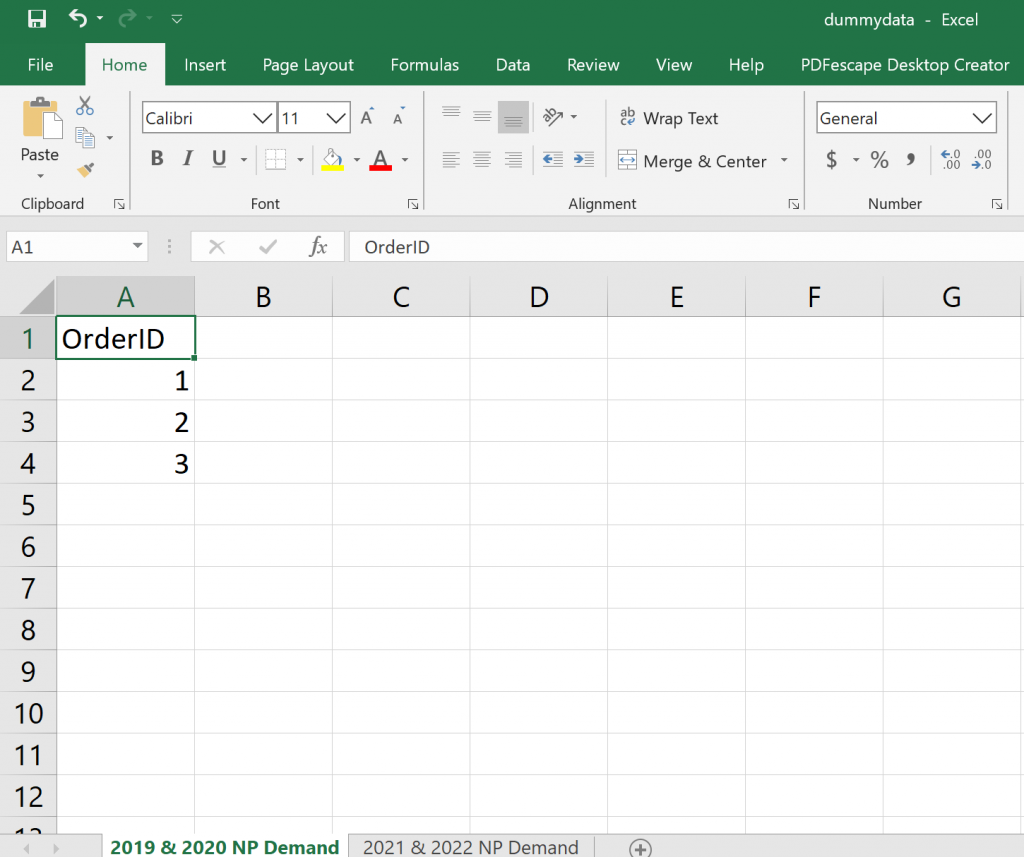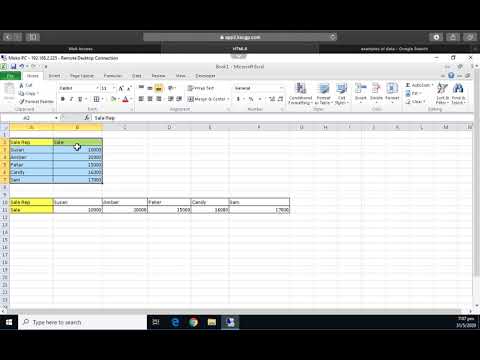Extract Excel Sheet: Simple, Fast Techniques

Extracting data from Excel spreadsheets has become a necessity across various industries, empowering businesses, researchers, and students alike with the ability to analyze and interpret data with greater efficiency. Excel, Microsoft's powerful spreadsheet application, is widely used for its versatile functions and vast data manipulation capabilities. Here, we delve into some simple, fast techniques to extract data from Excel sheets, keeping the process straightforward yet effective.
Understanding the Basics of Data Extraction in Excel

Before we dive into the techniques, it’s pivotal to understand what data extraction means. It involves retrieving specific information from an Excel sheet to be used in different formats or applications. This can range from pulling data for reports, database imports, or even simple data analysis.
Basic Excel Functions for Data Extraction

- VLOOKUP: Vertical Lookup for column-specific searches.
- HLOOKUP: Horizontal Lookup for row-specific data retrieval.
- INDEX and MATCH: A versatile alternative to VLOOKUP/HLOOKUP, allowing for more flexibility in data retrieval.
- Filtering: AutoFilter or Advanced Filter for dynamic data extraction based on criteria.
Advanced Techniques for Fast Data Extraction

Power Query

Power Query, also known as Get & Transform in newer versions of Excel, offers a powerful toolset for data extraction:
- Merging Data: Combine data from multiple tables or files based on common keys.
- Appending Data: Stack data from several worksheets or workbooks.
- Transform Data: Easily reformat data, change data types, or apply complex transformations.
VBA Macros

Visual Basic for Applications (VBA) allows for automation and custom extraction logic:
- Create custom functions for complex data extraction rules.
- Automate repetitive extraction tasks with macros.
- Integrate with other Microsoft Office applications for comprehensive data handling.
Excel Add-ins

Excel offers various add-ins that extend its capabilities:
- Power Pivot: Data modeling tool for large datasets with DAX formulas for extraction.
- Analysis ToolPak: Provides statistical and engineering tools for data analysis.
- Quick Analysis Tool: One-click access to various analyses and extraction features.
Exporting Data from Excel

Once you’ve extracted the desired data, you might want to export it:
- CSV Export: Ideal for compatibility with other systems and software.
- SQL Server Import and Export Wizard: For data warehouse applications.
- PDF Export: Static reports where data should not be editable.
Notes on Data Extraction Practices

🔍 Note: Keep data integrity by understanding your data structure before extracting to avoid errors or incomplete data retrieval.
⚙️ Note: Ensure to test your extraction methods on sample data to avoid mistakes on the actual dataset.
In summary, extracting data from Excel sheets can be achieved with a mix of simple functions, advanced tools, and automation techniques. By understanding your data's structure and your goals, you can choose the most efficient method to retrieve, transform, and export your data. Whether you're a beginner or an expert, Excel provides the tools needed to handle data extraction seamlessly. The key lies in leveraging Excel's functionalities to match your specific needs, ensuring you get the data out of Excel in a way that's accurate, efficient, and useful for your purpose.
What’s the difference between VLOOKUP and INDEX MATCH?

+
VLOOKUP is simpler to use for column-specific lookups but requires the lookup value to be in the first column of the reference table. INDEX MATCH, on the other hand, provides more flexibility, allowing for lookups in any column and is often faster for large datasets.
How can I automate data extraction from multiple Excel files?

+
You can automate this process using VBA macros. Write a macro that opens each file, extracts the needed data, and either places it into a master file or exports it in another format. Power Query can also combine data from multiple files if they’re in the same folder.
What are some common mistakes to avoid when extracting data in Excel?

+
Common mistakes include not checking for data consistency, overlooking data types, missing hidden columns or rows, and neglecting to test the extraction process on sample data before using it on the full dataset.



